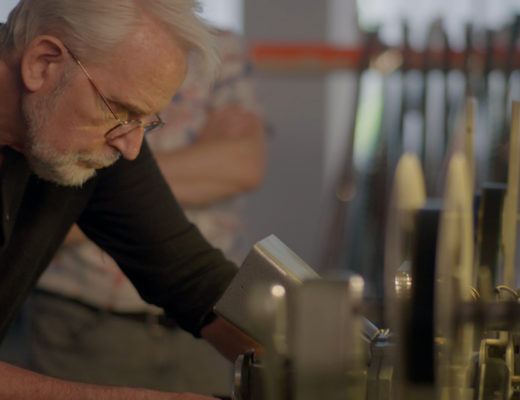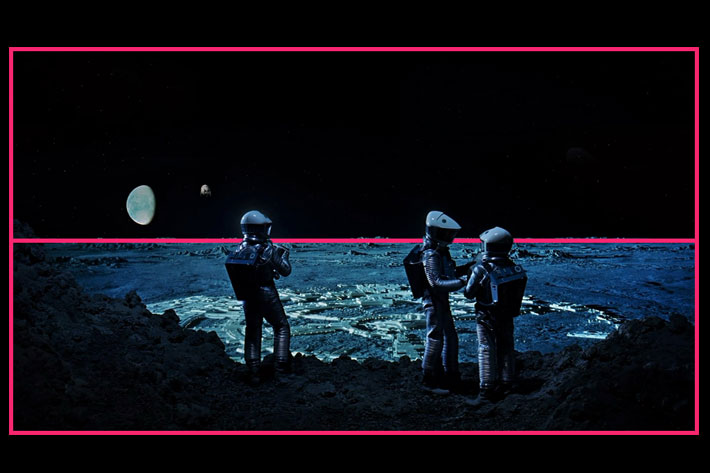
There are no rules for perfect composition, said photographer Arnold Newman. There are infinite ways to frame a shot, adds Raymond Thi. His website, Geometric Shots, will help you to break free from rules.
I sat down yesterday to watch, again, “The Grand Budapest Hotel” of Wes Anderson, and the experience dictated that I followed the 104 minutes “funtastic” vision with this article, which I had promised myself to write, a long time ago. In fact, the notes for this article have been lingering in a folder inside my computer since 2015, when I wrote one article, “From Kubrick to Anderson: One-Point Perspective”, centered on the obsession for symmetry patent in the work of cinematographers Stanley Kubrick and Wes Anderson. Throughout this time I added new comments and notes to the “article to be”, and revisiting “The Great Budapest Hotel” made me feel the urgency of sitting down to complete the task.
In “From Kubrick to Anderson: One-Point Perspective”, from 2015, I wrote that Kubrick’s passion for symmetry and one-point perspective was something that the author had revealed as a photographer. A keen storyteller through photographs, Kubrick, who was hired by Look magazine in 1946, published in 1949 an essay in the magazine, “Chicago-City of Extremes”, where the one-point perspective that would become his trademark, was revealed.

Rule of Thirds is rubbish
I returned to Kubrick and Anderson in another article, “Rule of Thirds: a 18th century invention”, where I use the experience and comments from multiple authors to demonstrate that following blindly the Rule of Thirds can, as photographer Mike Spinak wrote, “transmute art into lead”. In fact, in a world where photographers are constantly told that the Rule of Thirds is essential, popular names from Ansel Adams to Michael Freeman or Joe Cornish claim otherwise.

Photographer Edward Weston wrote that “consulting the rules of composition before taking a photograph, is like consulting the laws of gravity before going for a walk.” and in 2011 another photographer, Tim Parkin, said, in the article “How reliable is the Rule of Thirds?”, this: … I aim to rip up this part of the rule book and show it for the misdirected rubbish it really is (it’s acronym is RoT, in case you need reminding).”

Moving beyond the Rule of Thirds
Will you become a better photographer or cinematographer simply by throwing away the Rule of Thirds? The answer is no, but be aware that using it as a crutch for all your compositions will also stop you from becoming more proficient at dynamically framing your subjects. The RoT, used as a guide, can help to place the elements within the frame, but there is a limit to what it can do. In fact, as Michael Freeman says, “this rather silly instruction to make divisions a third of the way into the frame has been followed with mediocrity by artists and photographers who lack imagination. It should be obvious that if all photographs were composed like this, they would just be similar and boring.”
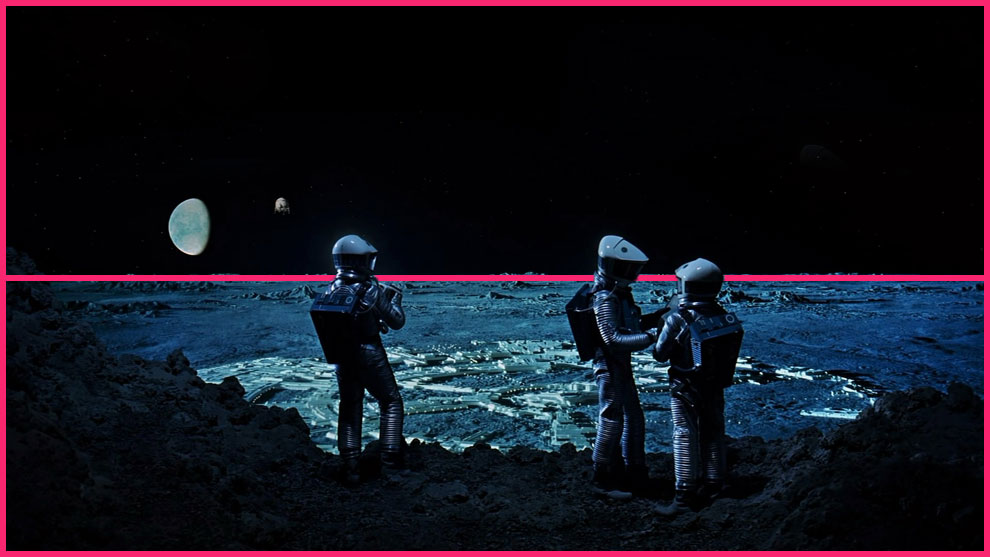
The important line to remember from Michael Freeman’s quote is “if all photographs were composed like this”. There is more than the Rule of Thirds, as we were recently reminded here at ProVideo Coalition in the article “Framing: Moving beyond the Rule of Thirds”, which points to a course available at Moviola. The article published last July notes that “Framing or composition has a great deal of ‘science’ to it. There are the natural laws of perspective projection combined with the psychology of how the human brain maps a space. A few simple adjustments to your set, your camera’s position, and the lensing choice can make a dramatic difference to the perceived depth and complexity of the scene.”
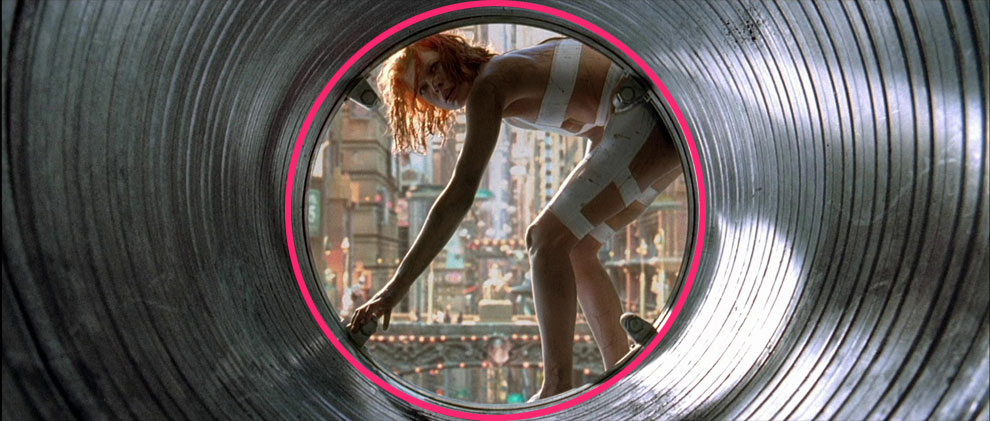
The website Geometric Shots
There is another article published here at ProVideo Coalition pointing to Moviola resources, this one from July 2017, about the Golden Triangles Method. In this technique the image is divided across one of its diagonals forming two triangles. But there is more, much more, in terms of composition. In fact, different cinematographers will have their own ways of framing, just like Wes Anderson and Stanley Kubrick do.

All this takes me to one website and app I came across some time ago and which I wanted to share with readers, because it explores – some of – the multiple ways to frame a scene, both for photography and video. It’s an eyeopener, and it uses images from some of the most popular films to show us how important framing is for narrative purposes and how diverse it can be.
Geometric Shots is the work of Raymond Thi. The author says geometry makes him happy. When he feels down, he adds, “one of the things that can improve my mood is to go walking in nature and look at all the patterns in branches, leaf veins and anything else.” The camera app Composition Cam was created first. “I made it for myself to use everyday, to help see things. Really see things” he continues.
Composition Cam for iOS
Composition Cam is a camera app that helps you take geometric shots. Originally created for personal use, the app has since been used by professional photographers, students and people without access to equipment. It’s even been used to help film an environmental documentary in Akure, Nigeria, according to Raymond Thi.
Priced at $1.99, the app – available for iOS only – , offers a series of overlays that help to “read” the symmetry or asymmetry of images. Although I tried to find something similar for Android, the suggestions I followed do not offer anything like Raymond’s Composition Cam.
The second step was the website Geometric Shots, which reflects Raymond Thi’s passion for composition. Continually updated, Geometric Shots, the website, should be in your favorites. From film to TV, the author continues to draw lines over some of the most eye catching scenes from films as La La land to TV series as Breaking Bad, to reveal the shapes, lines, symmetry present. There are eight different sections on the website, each presenting well organized collections of images. It’s a fantastic experience that will take you well beyond the Rule of Thirds.
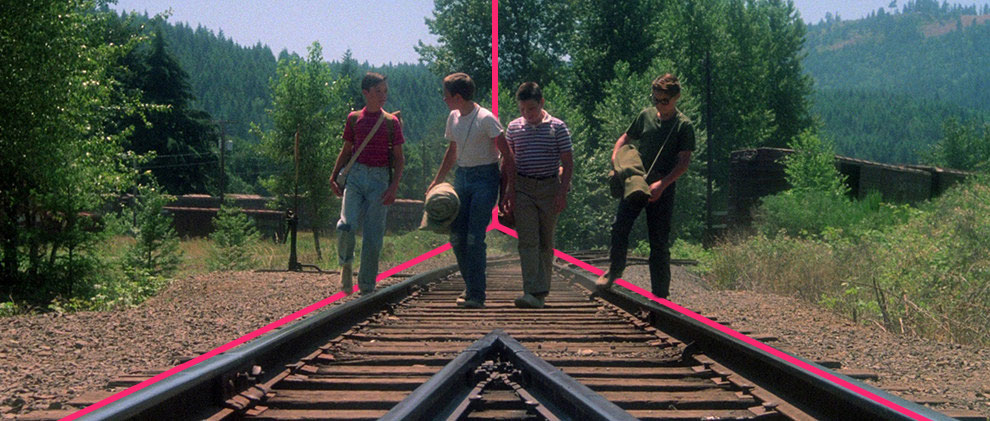
Geometry in film and TV series
Raymond Thi says that the images on the website are the reversal of the experience from the app. “Since I made an app to capture hidden beauty, I wanted to expose it. The lines appear instinctively in my mind. I simply place them on the still. It’s cathartic and why I keep doing it every day.” The author says that he “was shocked at how popular both the app and the images became. There’s something about these patterns that resonate with people.“

There is something about these patterns that made the cinematographers use them: they work. Are these rules? No, as Raymond Thi says, “there are infinite ways to frame a shot. There are no rules you have to follow”. The website Geometric Shots merely explores a collection of geometric shots from film and TV, showing the composition used. Use it to have a new perspective not only on films but about everything around you. You’ll start to see patterns and lines everywhere.
One final note: if you want to explore the subject further, Art Adams has published here at ProVideo Coalition some articles about composition. Try “How I Learned Composition at 12 Years of Age” to start, and go from there.

Filmtools
Filmmakers go-to destination for pre-production, production & post production equipment!
Shop Now













